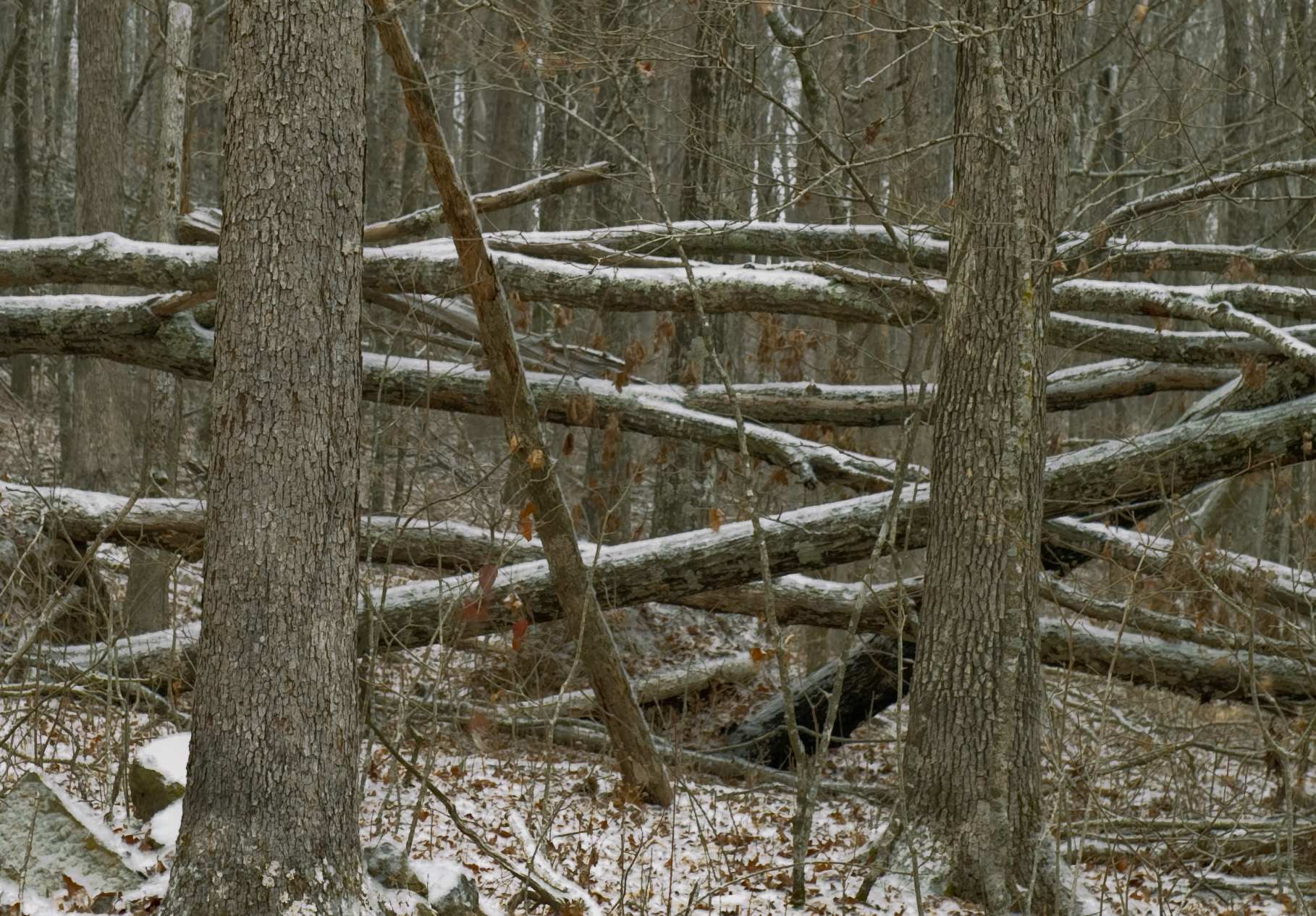Hi Dominique,
Excellent points. First off, the nature of color neg emulsions makes them virtually impossible to totally clip.
Hi Jack,
at some point color negs reach their Dmax and there won't be any further tonal differentiation but there is a very long shoulder that allows for a huge increase in light intensity to have a very minor effect, but it's still somehow noticeable when properly scanned. Thus you get that lovely, non-linear roll-off in the highlights. Of course once complex image details go into the shoulder you lose tonal separation and resolution. But these are very gradual transitions. You'll need massive overexposure to actually burn the information from the neg. Here is an interesting
quote from Alwin Küchler, cinematographer on the film Sunshine, on Kodak's Vision2 500T emulsion:
"The blessing and curse is that today’s stocks are really good; I could overexpose a scene by 5 or 6 stops and easily bring it back to normal in the digital grade. When we wanted the image to really burn out, I had to overexpose by 8, 9, even 10 stops to really burn the information away to the point where we couldn’t get it back. We wanted to physically attack the stock with light to get the right effect."
However, the colors of said lights will shift dramatically toward yellow no matter what their original color is; to the point where Red, Green and even Blue lights will all look the same color yellow.
That's interesting. I haven't found a shift to yellow in the highlights to be a problem in my long exposure work. Do you have a sample where you have seen it?
The other issue is noise, and of course film is far friendlier for long exposures than digital is, regardless of sensor. However, reciprocity can significantly reduce ISO, to the point where a 400 ISO film has maybe an effective ISO of 50, while the digital sensor is not similarly affected. Regardless, the effect of noise versus grain does not seem to be neutralized, and film retains its advantage IMHO.
As you can see on the 1200 ppi crop even 8x10" color neg can have some slight layer of grain at only 100 MP but you would have to print extremely large to see it in a print. The grain appearance of a color neg image depends on the final grading. On high contrast scenes where the full density range of the neg is used you can get fairly fine grained images. On low contrast scenes where you want to introduce some pop in post it will bring out the grain. It's a matter of how the compressed tonal range of the neg is dealt with in the positive image. The material suffers when it's stretched too much. But I love the feel of film's physical thickness, and it takes plenty of stretching until it breaks. This is where film real estate really helps.
For me it also comes down to the textural noise characteristics. I personally like the fine organic grain texture I get from these films though it can be annoying in some areas like sky or water.
Yes, reciprocity or lack of it is an issue in long exposure photography on film. It has to do with the much lower quantum efficiency of silver halides compared to silicon based sensors. There are some films out there doing quiet ok in that department but I think the flux threshold is still much higher than for a digital sensor.
The technically most impressive digital long exposure I've seen so far was an 8 hour exposure from a Nikon D3s by Tim Ernst on
this very forum. Unfortunately Tim took the crop down. I still have that sample on my hard drive. If Tim allows I could post it here for demonstration. It's virtually noiseless but it has a flat and somehow unnatural look. I'm not sure if that comes from the time exposure itself or if it's caused by Nikon's preprocessing magic.
Bottom line is when anybody tells me they plan to do a lot of long, multi-minute exposures regularly, I always suggest they consider using film instead of digital. Given the prices of "older" MF bodies that shoot film and you can still mount your existing MF glass to, it seems an easy choice --- other than that analog to digital workflow process required after the fact. Regardless, the only reason I hung onto one film back for Mamiya is for dedicated long exposures --
Wise choice. Acquiring the image on film can be quiet cheap, but when it comes to scanning it can get expensive and time consuming. The image really has to be worth the effort.
I'm sorry for going totally off the original topic with this. Feel free to take the messages regarding long exposure photography into a new thread. It's a reoccurring topic and it would be great to have all the information in one thread, including samples, also yours and Guy's from the P45+ and P30+.
-Dominique

